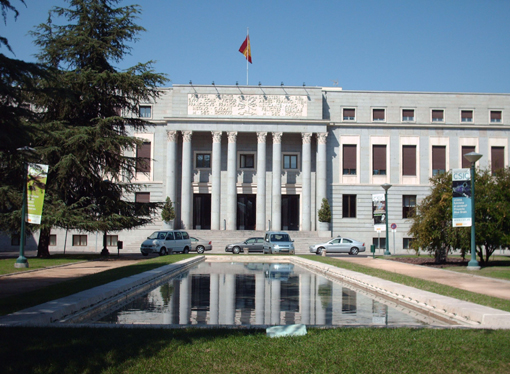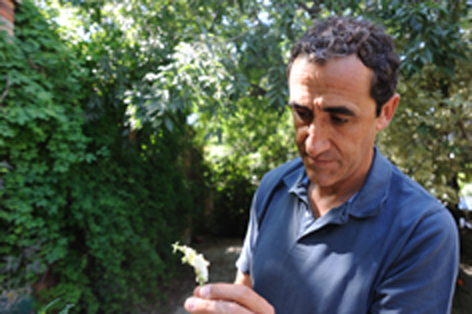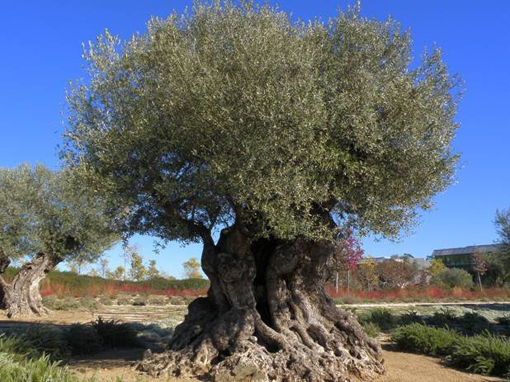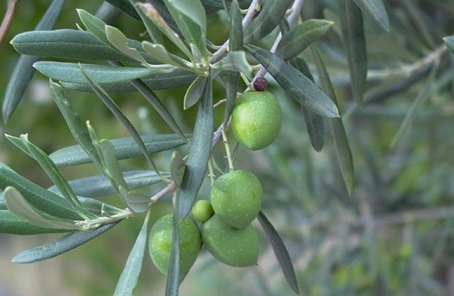I have just found an interesting news, for Spanish countryside: "The first phase of reading the DNA of the olive tree, an ancient tree, has concluded".

DNA of the Olive tree
A project led by the Superior Council of Scientific Research (CSIC) has begun a study, that will last for three years, that seeks to find the genetic keys of the olive tree, that could help in the improvement of olive production. For the moment, the team of researchers has achieved a first complete DNA sequencing of this tree.

CSIC in Madrid
The study, financed by Banco Santander, is being carried out in the sequencers of the National Center for Genomic Analysis and in the computers of the Center for Genomic Regulation.
The project is led by the CSIC researcher, Pablo Vargas, from the Royal Botanical Garden, where the extraction of DNA from the individual studied has been carried out. It is an olive tree of the Farga variety, with a scientifically estimated age of between 1,100 and 1,300 years, which comes from the Sierra del Maestrazgo (Castellón), reported the CSIC in a note.

Pablo Vargas

Olive tree type "Farga"
In 2005, it was transplanted in the gardens of the Financial City of Banco Santander, in Boadilla del Monte (Madrid), where it is alive and growing. The olive tree, called Santander, weighs about 11 tons and has a perimeter of approximately five metres. The Farga variety has been chosen, because it is the type of olive tree with the largest number of millenary individuals, in Spain.

The olive tree called "Santander "
"The reading of the DNA of the olive is a landmark, in the field of genetic sequencing, because it is a species of extraordinary longevity. All organisms, sequenced until now, live a few years, depending on the life expectancy of each species. However, this is the first time it is done with a subject, that has existed for more than a thousand years and probably will live many more", explains Vargas.
The data collected until now, corresponding to the raw sequencing, have been included in the Archivo Europeo de nucleótidos (European nucleotide archive), this week.
The results of this work will allow an in-depth knowledge of a plant, that has been part of the life and food of humans, for about 8,000 years, when a process of domestication of the olive tree, from which the current olive tree began.
"The sequencing of the DNA of the olive tree will allow us to know the genetic basis of this process of domestication, it shall give the keys to the local adaptations, that have allowed the species to survive and allow us to confirm its origins. All this information will contribute in the future to the genetic improvement of olive production, of great relevance in the Spanish economy", concludes Vargas.

Well, I hope that you have liked to know more about olive tree.
Until my next post, kind regards,
Luis.
Sponsored by Costaluz Lawyers.
Please click below:
